
After the Tornado: Helping Young Children Heal
Provides information on how parents and caregivers can help their young children cope with the aftermath of a tornado.
The following resources on child trauma were developed by the NCTSN. To find a specific topic or resource, enter keywords in the search box, or filter by resource type, trauma type, language, or audience.

Provides information on how parents and caregivers can help their young children cope with the aftermath of a tornado.
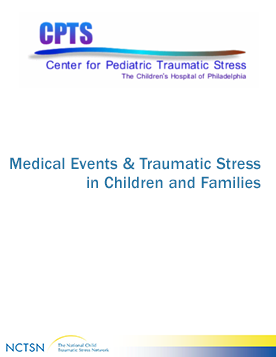
Offers information to providers about the impact of traumatic medical events.

Provides tips to parents on how to help their young children cope and recover following a tsunami.
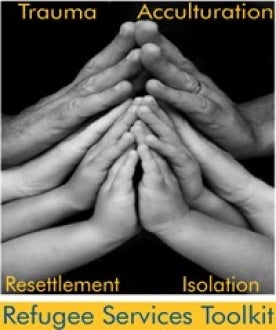
Provides users with information about four core stressors that refugees commonly face, and guides users through an assessment of a particular youth or family's needs.

Offers parents and caregivers a way to talk with their children about earthquakes. This children’s book describes some of Trinka's and Sam’s reactions to an earthquake, talks about how their parents help them express their feelings and feel safer.
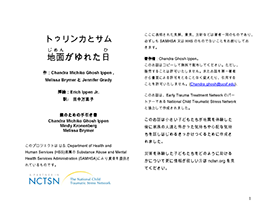
Offers parents and caregivers a way to talk with their children about earthquakes. This children’s book describes some of Trinka's and Sam’s reactions to an earthquake, talks about how their parents help them express their feelings and feel safer.
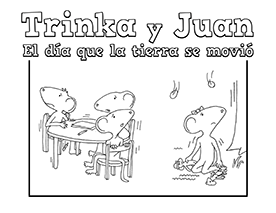
Ofrece a los padres y cuidadores una forma de hablar con sus hijos sobre los terremotos. Este libro para niños describe algunas de las reacciones de Trinka y Sam ante un terremoto y habla sobre cómo sus padres los ayudan a expresar sus sentimientos y sentirse más seguros.
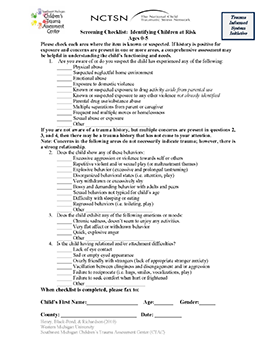
Screens children ages 0-5 for risk factors associated with traumatic stress.
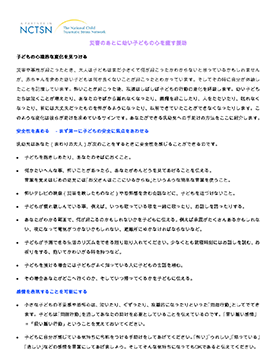
Provides information on how parents can help their young children cope with the aftermath of an earthquake. This is the Japanese version 災害のあとに幼い子どもの心を癒す援助
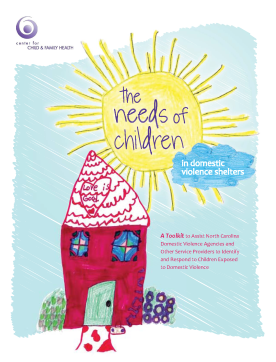
Provides information on how trauma from domestic violence impacts children, and how best to serve these children's needs.

Widens the trauma-informed care lens by focusing on familial responses to trauma.
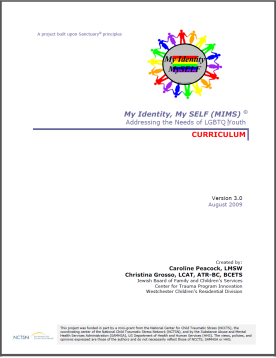
Aims to improve services for lesbian, gay, bisexual, transgender, and questioning youth in residential treatment.